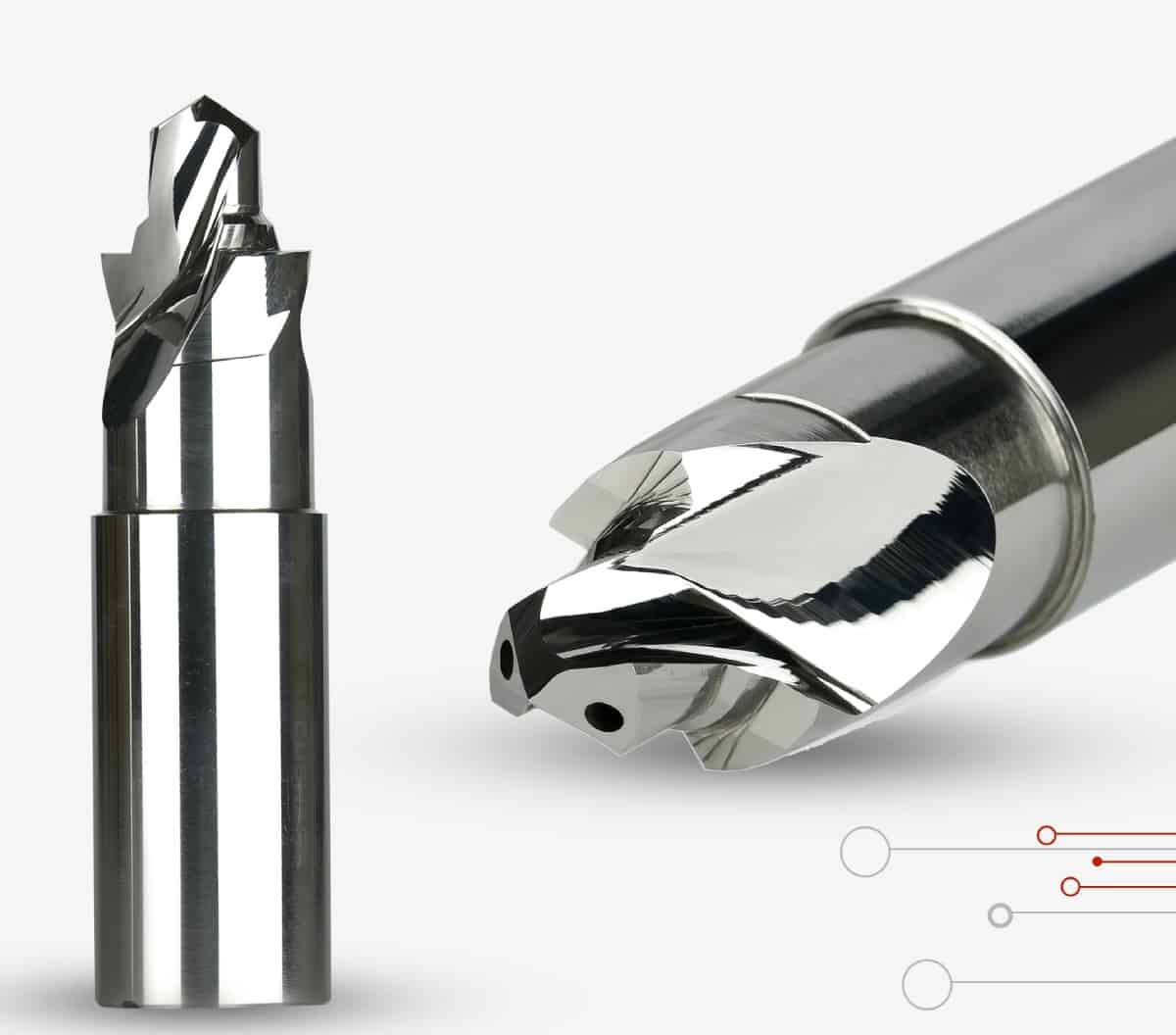The market for carbide tooling is expanding extensively! Even with the constantly increasing supply of new carbide-cutting tools, their development and production cannot keep up with the demand. According to Fortune Business Insights, the Carbide Tools market size globally is projected to grow from USD 10.39 billion in 2021 to USD 15.47 billion in 2029, at a CAGR of 5.5% during the forecast period.
Suppliers of cutting tools are working hard to tackle the enormous workload of developing more cutting tool items that are innovative and high-performance in order to meet such an overwhelming demand as it keeps rising. In such a race balancing innovation, quality, and delivery is a true challenge. Accusharp has kept the game strong with constant endeavors toward cementing the road to customer satisfaction!
Monopolization of Solid Carbide Tools
The main source of cutting tools in this civilization is tungsten carbide equipment, which is primarily exported to China for profit. When it comes to cutting tools, it has taken a while to separate the good from the bad, but in the end, it’s the high-performance, cutting-edge, quality equipment that wins out.
High-speed tooling (HSS) and CARBIDE-based tools are the two primary types of tools that consistently perform well in the machining sector. However, as of late, it seems as though Carbide tools have monopolized the market as the more well-liked of the two.
What are the advantages of carbide tools over HSS tooling considering the statistics and popularity?
Well, we are confident that the advantages of carbide vs. HSS are significantly greater given the widespread new popularity and general consensus that carbide tooling is the bomb.
But first, let’s know carbide tools a little better!
What is Carbide?
Carbide is a necessary element that is frequently paired with another natural element higher up the chain, such as boron, silicon, metal, or steel.
These are the most noticeable in this collection of solid elements and carbides:
– Aluminum and Calcium Carbide
– Iron, Tungsten, and Silicon Carbide
For the contact mode mechanical machining of components under extremely high stress, temperature, and/or corrosion, a range of cutting tool materials are utilized for operations like drilling, milling, turning, and so on.
Cutting tools, especially single-point cutting tools, have a limited usable life due to the extremely high strain rate imposed by these demanding conditions (which is an order of magnitude higher than forming). The most widely used cutting tool material is tungsten carbide, however, its primary components.
Advantages of Carbide Tools
Carbide tools are less expensive and more efficient than other HSS tooling choices. They are generally resilient and capable of withstanding high temperatures and rapid rotation, which wears out other kinds of tooling metals.
Machine tools and tool holders made of carbide offer a high level of toughness, allowing them to last longer while still holding the cutting blades. You can improve performance in terms of finish and surface-finish quality by using carbide tooling.
Compared to other types of tools, carbide tools are less expensive.
They are resistant to cracking and very strong. The best tools available are made of carbide, and they are also the least expensive when compared to other high-quality tool holder brands and types. It is extremely cost-effective not to need to acquire tools on a regular basis due to the longevity and shelf life of carbide tooling.
Carbide tools have a ton of advantages, which is one of the main reasons why they are the most widely utilized metals for making tool holders. They are more than priceless to mechanics who utilize CNC and lathe machines in the business since they are affordable, strong, and diverse!


